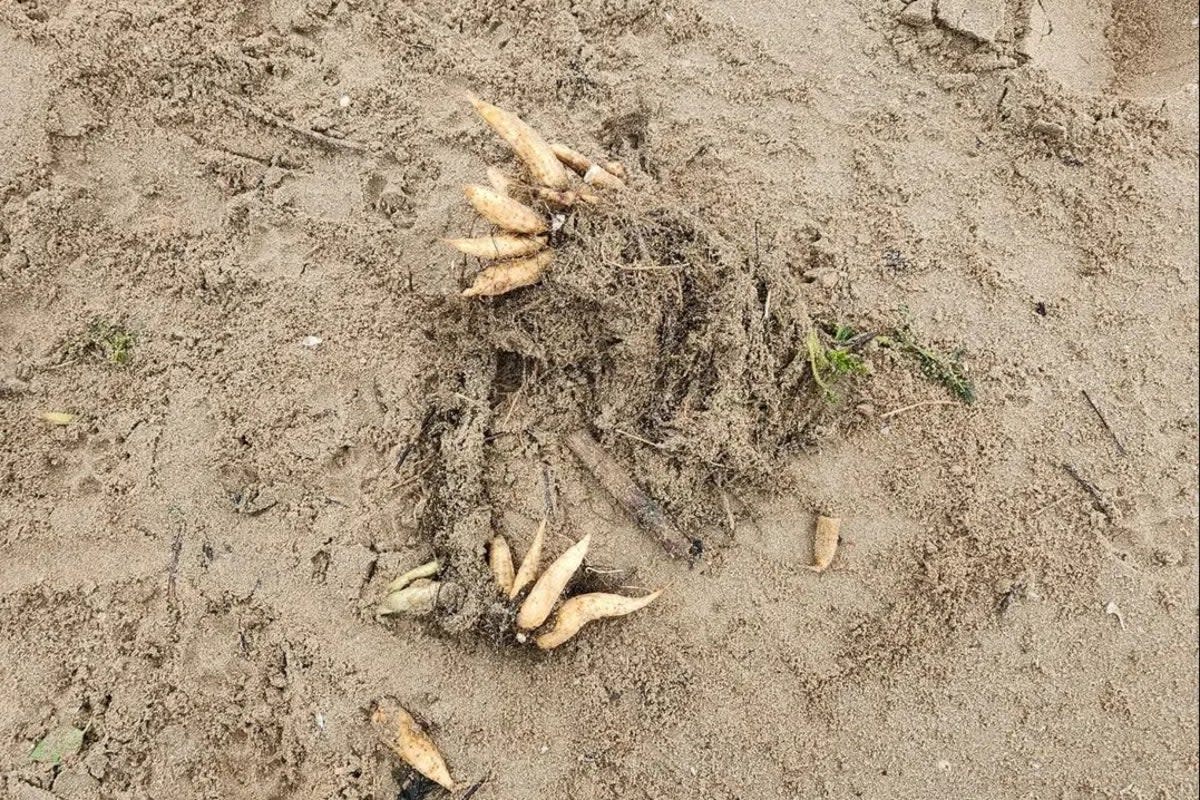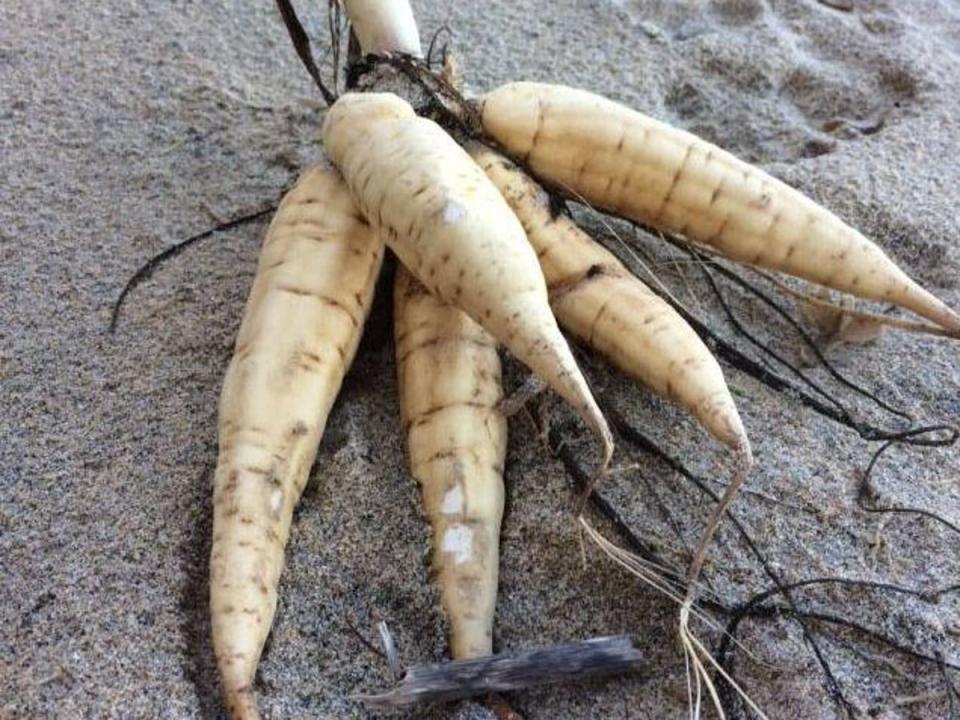Coastguard warns dog owners over ‘poisonous parsnips’ washing ashore

Dog owners have been warned of a toxic plant that can kill their beloved pets after dozens washed up on the Welsh coastline.
Hemlock Water Dropwort Roots, known as poisonous parsnips or dead man’s finger, has been described as the most toxic plant native to Britain by experts.
Port Talbot Coastguard wrote a warning on Facebook: “We are aware of reports circulating social media of Hemlock Water Dropwort Roots having washed up on the small side of Aberavon Beach.
“We would urge dog owners to be extra vigilant and not touch these roots.

“The plant is more referred to as Poisonous Parsnips or Dead Man’s Fingers. They are common along parts of the UK coastline. However, the Roots, which look similar to Parsnips, are extremely toxic to both animals and humans.
“If you think your dog may have come into contact or ingested any Poisonous Parsnips, it is advised to seek veterinary assistance as soon as possible.”
The plants, which look and taste like parsley, have extremely toxic roots, which themselves resemble parsnips.
Water dropworts contain the toxin oenanthotoxin, which attacks the central nervous system and causes the body to shut down.
Leif Bersweden, botanist and PhD student at Kew Gardens, previously told The Independent it was “arguably the most toxic plant native to Britain” and that anyone who ate it would suffer convulsions, seizures and “definitely” die within 24 hours.
“The roots have a lot more of the toxin, the stem has a lot, and the leaves slightly less,” he said. “But if you just touch the leaves and then eat a sandwich, say, then you’re going to get really ill.”
According to a study, the toxin possibly played a role in euthanasia in ancient Sardinia.


